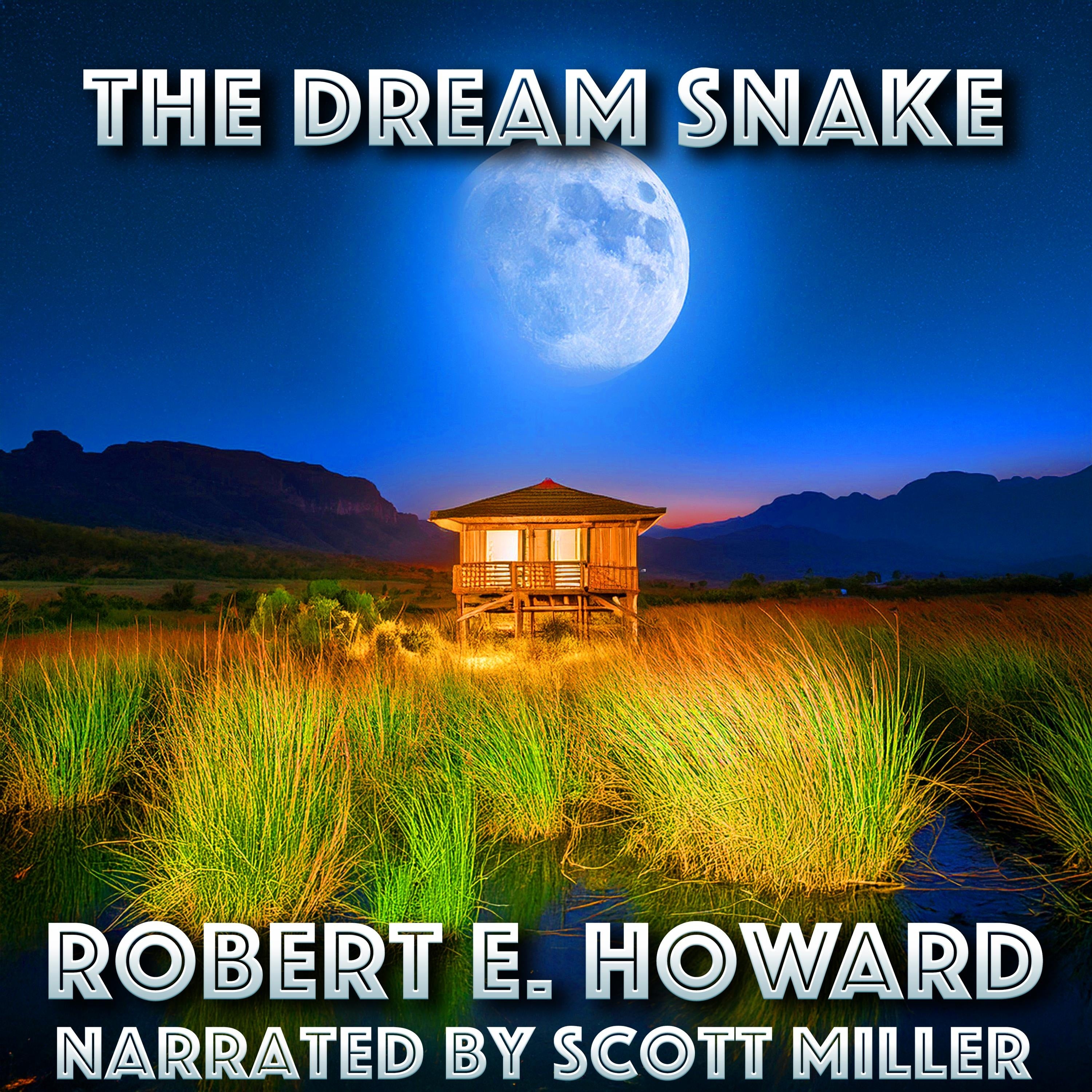
The Dream Snake
The Dream Snake by Robert E. Howard is a haunting fusion of horror, fantasy, and dreamlike fatalism. First published posthumously in 1933, it tells the eerie tale of a man tormented by a recurring vision of a monstrous serpent-a vision that may be more than a dream. As the narrator drifts between waking and nightmare, Howard blurs the line between reality and the supernatural, crafting an atmosphere thick with dread and inevitability. Unlike his sword-and-sorcery adventures, The Dream Snake is a psychological horror story, rooted in primal fears and suffused with the poetic melancholy that defined much of Howard's darker work. It reveals his gift for evoking beauty and terror in equal measure, a glimpse into the subconscious mind of a writer who understood both the hero's courage and the dreamer's despair.
Robert E. Howard (1906-1936) was an American author best known as the creator of Conan the Barbarian and the father of the sword-and-sorcery genre. Born in Peaster, Texas, and raised in the small town of Cross Plains, Howard poured his imagination into the pages of Weird Tales magazine, where he introduced vivid characters such as Solomon Kane, Kull of Atlantis, and Bran Mak Morn. His writing combined muscular adventure with poetic intensity, reflecting both the rugged landscape of Texas and his fascination with ancient civilizations and mythic struggle. Though his life was tragically brief, Howard's influence is immense-his characters have inspired films, comics, and generations of fantasy writers. Beyond the blood and thunder of his tales lies a deep sense of melancholy and longing, qualities seen clearly in The Dream Snake and his many atmospheric poems. Today, Robert E. Howard stands as one of the most powerful voices of early 20th-century imaginative fiction, a storyteller whose creations continue to live in the dreams of readers worldwide.
Praise
